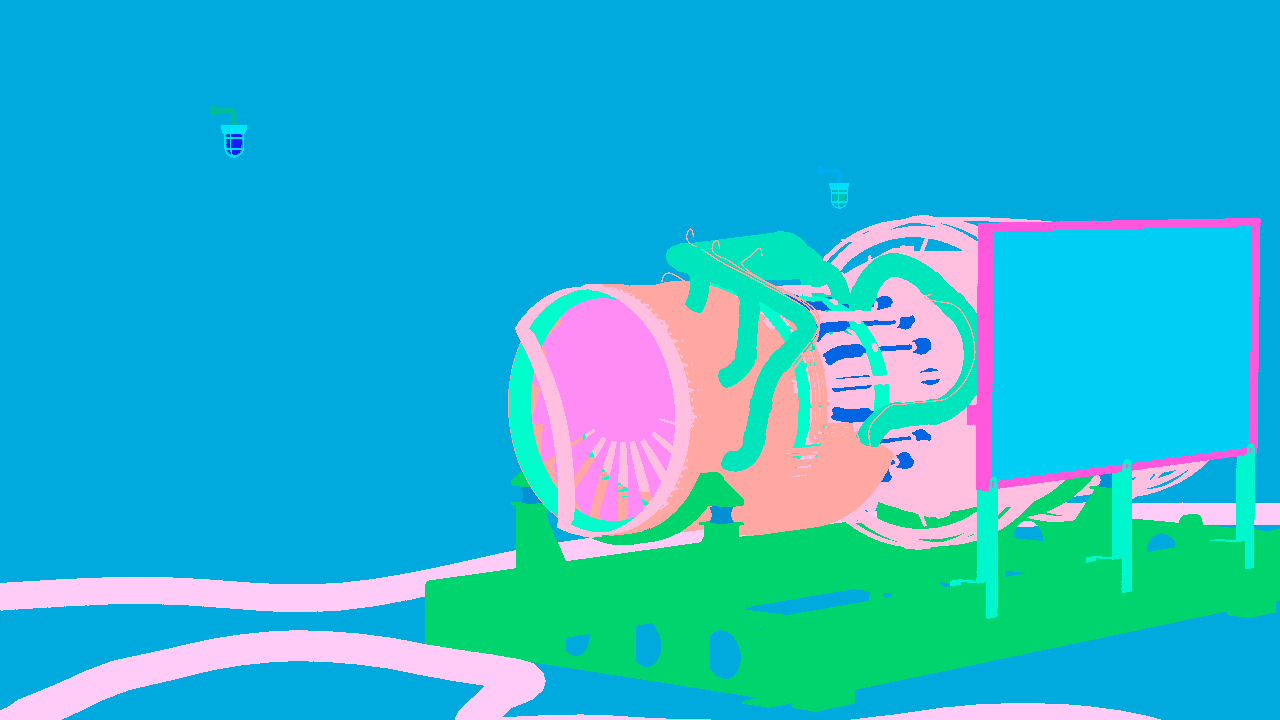Overview
Cryptomatte is a method developed by Psyop for efficiently encoding accurate mattes. It uses typically three to five render elements (which are automatically generated) with multichannel OpenEXR files, which removes the hassle of creating dozens, or hundreds, of Multi Mattes. Using the Cryptomatte plugin for Nuke or Fusion, mattes can be extracted through directly picking objects or entering object names.
Compared to the Multi Matte Render Element, Cryptomatte offers the following:
- Does not require a setup with object IDs, etc.
- Only requires a fixed number of additional render elements, typically four.
- Cannot be propagated through reflections or refractions.
UI Path: ||Toolbar|| > V-Ray Menu icon > Render > VRayRenderElement > Type: Cryptomatte
Properties
Channel prefix – Specifies the prefix for the Cryptomatte channels.
Add suffix hint – When enabled, a suffix hint will be added to the Cryptomatte channel names.
id type – Specifies how the ID mattes are determined.
Node name – Creates mattes by node names.
Node material name – Creates mattes based on the materials in the scene.
Node name with hierarchy– Creates mattes by node names and takes the node hierarchy into account for linked or grouped objects.
Node user property– Creates mattes with objects that include the value in the User attribute name field specified in V-Ray Object Properties.
SceneNode – Creates mattes based on the Scene nodes in the Nuke script.
Backdrop – Creates mattes based on the Backdrop nodes within the Nuke script. This mode works only in GUI mode.
Group – Creates mattes based on the Group nodes within the Nuke script.
Maximum level – Specifies the number of levels for the render element, which determines the number of objects that can be distinguished per pixel. If multiple objects intersect at a single pixel, higher-order elements will contain non-zero results. The default value of 6 is normally enough for most cases.
Currently Cryptomatte rendering is not supported with the Progressive rendering options.
Workflow


